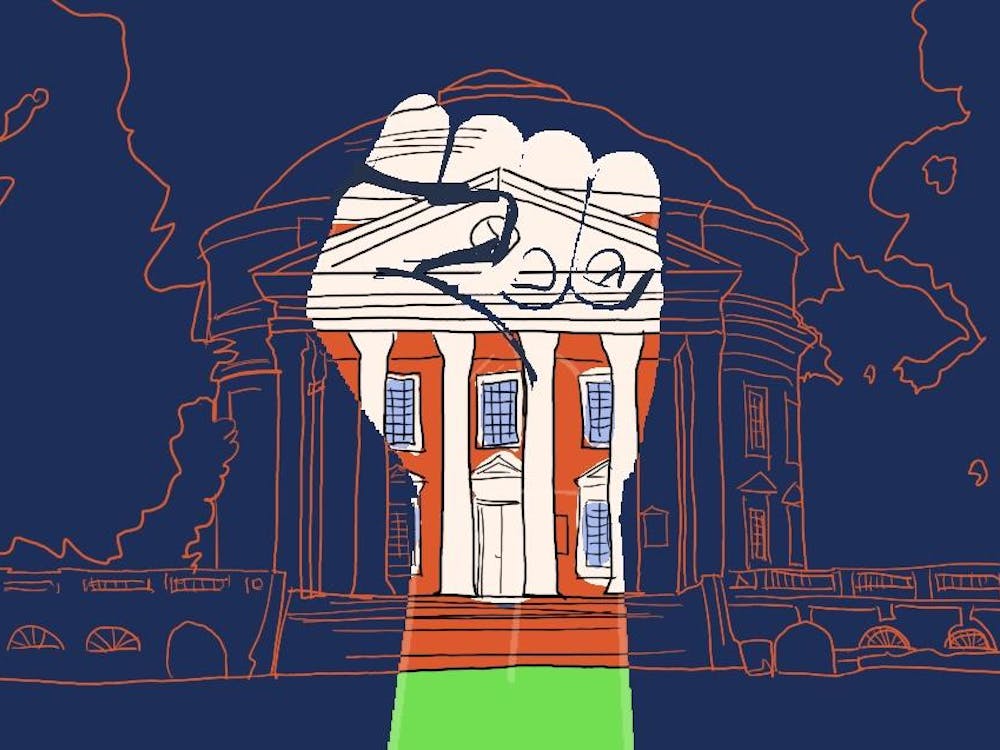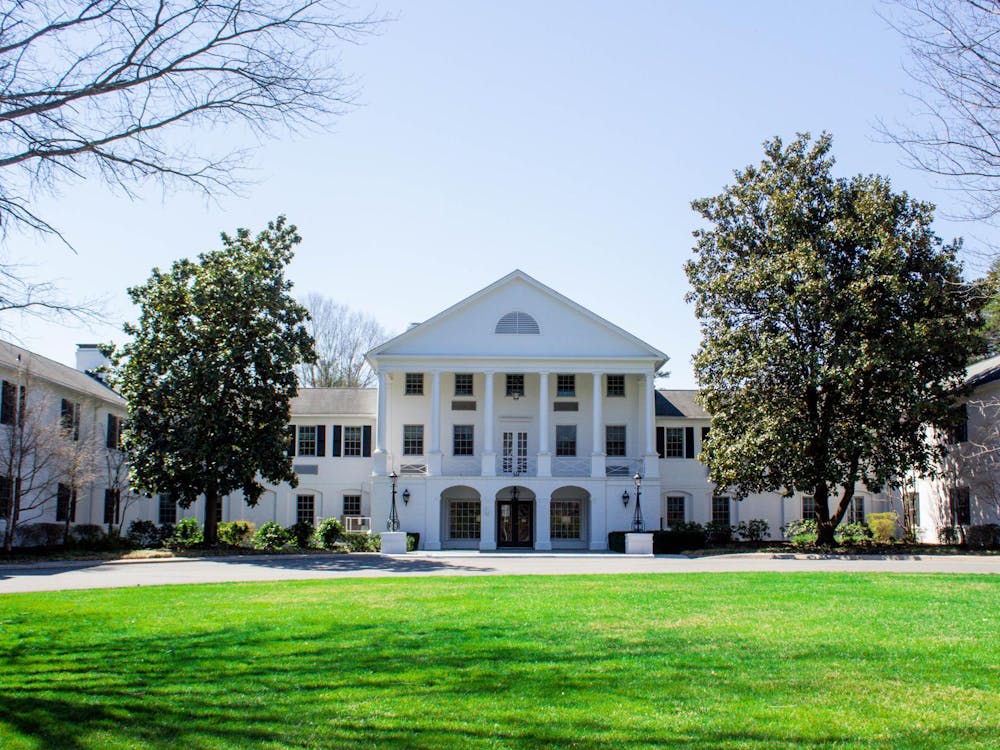Affirmative action, in theory, has a noble goal: to “end the effects of discriminatory practices that violate the inherent equality of persons… denied opportunities on the grounds that they are inferior or different.” Unfortunately, affirmative action has hurt the very people it intends to benefit, and — ironically enough — is a discriminatory system in of itself.
First used in 1961 by former President John F. Kennedy in an executive order, the order required “federal contractors to take ‘affirmative action’ to end discrimination.” Today, affirmative action is cited as a tool to increase diversity, and has — in colleges and universities — “resulted in doubling or tripling the number of minority applications to colleges or universities, and have made universities more representative of their surrounding community,” according to the National Conference of State Legislatures. In this respect, affirmative action has accomplished its goal of increasing racial diversity at public institutions.
Students benefiting from affirmative action programs are not necessarily capable of competing in such an environment, however. According to a study by Jesse Rothstein and Albert H. Yoon on the effects of affirmative action on law school admissions, Yoon and Rothstein found that “19 percent of black students who start law school fail to graduate, and only 57 percent become lawyers. This is a potentially serious problem, not least because these students incur large costs in their failed attempts of law.” Although Yoon and Rothstein report,“our analysis suggests that mismatch effects are not an important problem, nor will eliminating affirmative action provide the solution,” they alsostate that “it is reasonable to ask whether law schools serve students’ best interests by admitting applicants with low academic credentials, or whether these students would be better off not attending law school.”
Proponents who argue eliminating affirmative action would result in a significant drop of minority enrollment cite California Proposition 209, which prevented “preferential treatment to any individual based on the basis of race, sex, color, ethnicity, or national origin.” The immediate aftermath of the amendment resulted in a 50 and 25 percent drop in black and Hispanic freshman enrollment at the University of California in Los Angeles, respectively. However, as noted by University of California-Los Angeles Prof. Richard Sander, “the total number of black and Hispanic students receiving bachelor’s degrees were the same for the five classes after Prop 209 as for the five classes before.” In fact, underrepresented minority yield rates at UCLA increased by 5.8 percent after Proposition 209’s passing, indicating that “their choices seem to suggest that they were eager to attend a school where the stigma of a preference could not be attached to them.”
The effects of affirmative action are not minor, either. According to a report by David J. Armor of George Mason University, 86 percent of black applicants with GPAs between 3.3 and 3.7 and SAT scores between 1051 and 1150 were admitted to the University in fall of 2003; in contrast, only 8 percent of white applicants were. Asian-Americans are significantly less likely to be admitted into elite universities, with the Boston Globe citing that “whites were three times, Hispanics six times, and blacks more than 15 times as likely to be accepted at a US university as Asian-Americans.” UCLA Prof. Mitchell J. Chang argues such statistics are a result of an “Asian tax,” noting that “this characterization can advance a one-dimensional view of Asian-Americans that minimizes their achievements and overlooks their diversity.”
Efforts to promote representative public institutions are admirable, and should be lauded as such. Affirmative action in the context of higher education, however, grants preferential (or detrimental) treatment based on the ethnic background of applicants — a factor which no applicant has any control over. Affirmative action is a mere bandage on the systematic issues plaguing minority groups — such as the U.S. primary education system (which has “rural and urban, low-income students — and students of color in particular — outperformed on average by their higher-income whiter counterparts”).
A possible fix to affirmative action includes a focus on socioeconomic background rather than racial background, which ensures greater representation of low-income students while maintaining equal (or greater) minority representation. Such a fix would ensure race has no effect on college admissions while allowing the economically disadvantaged (who cannot afford to pay for tutoring or test practice programs) a more equal playing field. Alternatively, the system of affirmative action could be thrown out altogether in favor of a purely merit-based admissions systems (i.e. meritocracy), though this would give high-income families an inherent advantage.
As stated by Clint Bolick, Chairman of the Goldwater Institute, “‘Affirmative action’ programs that leap-frog less-qualified minorities over more-qualified non-minorities sweep those systemic problems under the carpet… The fact that few minorities passed the examination should be a call for remedial action — not to throw out the test but to equip more minorities to pass it.” To solve the issue of minority underrepresentation in public institutions, affirmative action should focus on socioeconomic background rather than race, and efforts must be made to ensure all Americans have access to high-quality schools.
William Wong is a Viewpoint writer.






